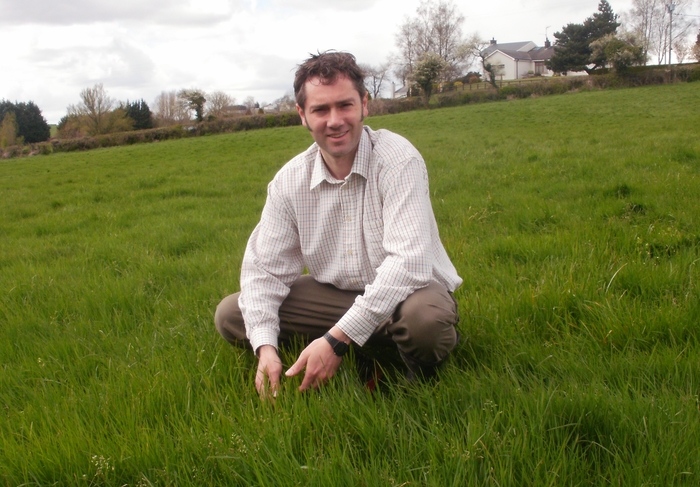Despite a long and tough winter, cows are in good condition and production levels have held up, according to Cargill’s ruminant technical manager Philip Ingram. He encourages producers to maintain this by keeping a close eye on nutrition and to rise to the challenges of more grass-based diets being fed on many units, particularly in early summer.
“Now we are safely clear of winter conditions, many dairy producers are focussed on replenishing forage stocks that, in many parts of the country, had reached rock bottom,” says Dr Ingram.
“It was a long winter. We were eking out limited and variable forages and making sure rations were carefully balanced. However, this close attention to nutritional detail – and good cow care – has meant that cows have been turned out in good condition and production is on target.
“Producers should keep a close eye on cow nutrition and look to maintain the good cow condition and production levels that many have achieved during winter.
“But there are challenges,” he adds. “Limited forages are available for buffer feeding, which means that more cows than usual will be relying on grazed grass for a greater proportion of their nutrients.”
Grazed grass is rich in both protein and energy. In early summer it will typically have a crude protein around 20% compared with a TMR, which may be 16% crude protein.
“The skill is to cash in on these nutrients and turn them in to milk, and avoid the excess protein being turned into ammonia and the energy required to do this. Research has shown that the energy required for this process can easily be worth two litres of milk.”
Dr Ingram recommends that producers consider including a protein efficiency product, which can be added to the compound feed or TMR. “Products such as Optitek can ‘build’ this excess protein in the diet into microbial protein in the rumen.
Microbial protein is the most digestible, nutritious form of protein available to the cow, and it can help to drive production and regain body reserves post calving.”
He also warns producers to be even more diligent in monitoring rumen health this year, particularly where there is more reliance on grazed grass. “The high digestibility and low dry matter can reduce the cow’s rumen pH and increase her risk of acidosis. And this reduction in structural fibre in the diet compared with the winter ration accounts, in part, for the depressed butterfat levels typically seen when cows go out to grass.
“Rumen buffers are strongly recommended. This will help to maintain rumen health – and milk yields.”
Included, typically at a rate of between 100g and 150g/head/day, the rumen buffer Equaliser absorbs the excess acid in the rumen and helps to maintain a pH as close as possible to the optimum of 6.5. It has been shown to improve butterfats by 0.53% in SARA-challenged cows and improve milk yields. This makes it a cost-effective option, particularly where rumen health may be challenged.


